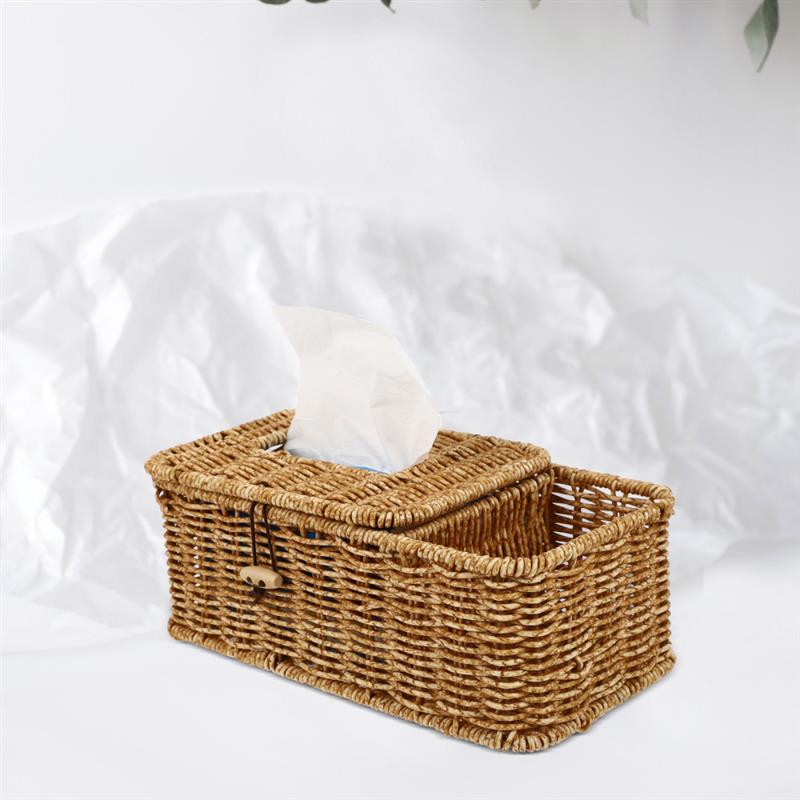
Napkin holders, a practical yet often overlooked dining accessory, have a storied history that traces back to ancient civilizations. These functional and decorative pieces have evolved over time, reflecting changing dining habits, table settings, and artistic expression. In this article, we delve into the captivating history of napkin holders, exploring their origins, cultural significance, and enduring charm as an essential part of dining etiquette.
1. Ancient Origins:
The concept of napkin holders can be traced back to ancient civilizations like Egypt and Greece, where folded cloth was used to wipe hands during meals. Simple rings or clasps were crafted to keep the napkins neatly in place.
2. Medieval Dining Etiquette:
In the medieval era, elaborate feasts and dining etiquette flourished. Napkin holders, often crafted from precious metals or adorned with gemstones, were displayed as symbols of hospitality and wealth during banquets.
3. The Renaissance Artistry:
During the Renaissance, napkin holders became expressions of artistic craftsmanship. Intricate designs in silver, porcelain, or carved wood adorned dining tables, showcasing the growing appreciation for aesthetic beauty.
4. Colonial Influences:
Colonial America saw the introduction of napkin rings, similar to modern napkin holders. Often monogrammed or personalized, these rings reflected the emerging American identity and refined table settings.
5. Industrial Revolution and Mass Production:
The Industrial Revolution brought advancements in manufacturing, making napkin holders more accessible to the middle class. Mass-produced designs in various materials reached dining tables worldwide.
6. Art Deco and Modernist Designs:
In the early 20th century, the Art Deco and Modernist movements influenced napkin holder designs. Clean lines, geometric shapes, and minimalistic aesthetics became popular, embracing the spirit of the era.
7. Cultural Influences:
Different cultures have contributed unique designs to napkin holders. In Japan, origami-inspired napkin holders add a touch of elegance, while African artisans create handcrafted holders reflecting traditional motifs.
8. Contemporary Diversity:
In modern times, napkin holders cater to diverse tastes and interior styles. From classic silver holders to quirky and whimsical designs, these accessories add charm and functionality to dining spaces.
9. Eco-Friendly Options:
As eco-consciousness grows, napkin holders made from sustainable materials, like bamboo or recycled metal, are gaining popularity, reflecting a commitment to ethical dining practices.
10. A Timeless Dining Essential:
Napkin holders continue to grace dining tables as essential elements of table settings. Their ability to combine functionality with artistic expression ensures their place in the heart of dining traditions.
Conclusion:
The history of napkin holders is an intriguing journey through time, reflecting the evolution of dining customs, artistic sensibilities, and cultural influences. From their ancient origins to modern-day designs, napkin holders have remained both practical and decorative accessories, enriching dining experiences and adding an element of timeless elegance to our tables. Let us appreciate these small but significant details that enhance our dining rituals and celebrate the enduring charm of napkin holders as symbols of hospitality and refined taste.
